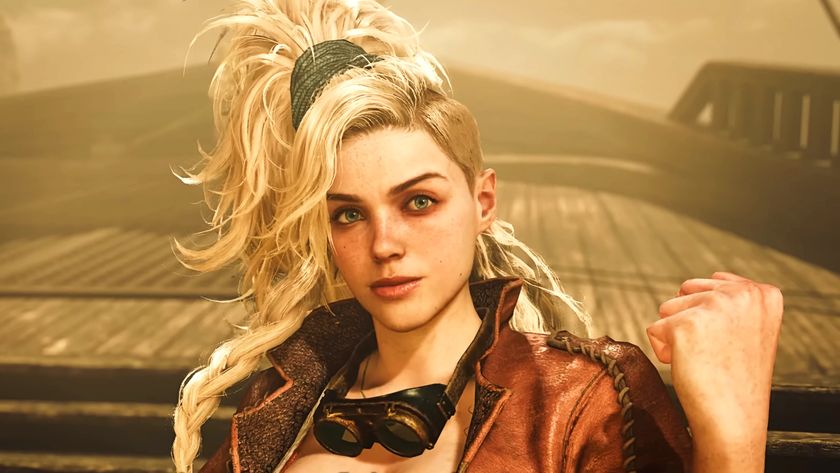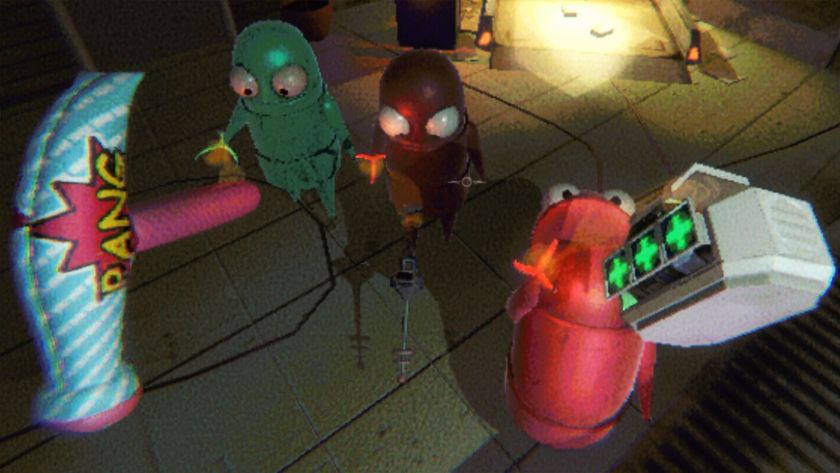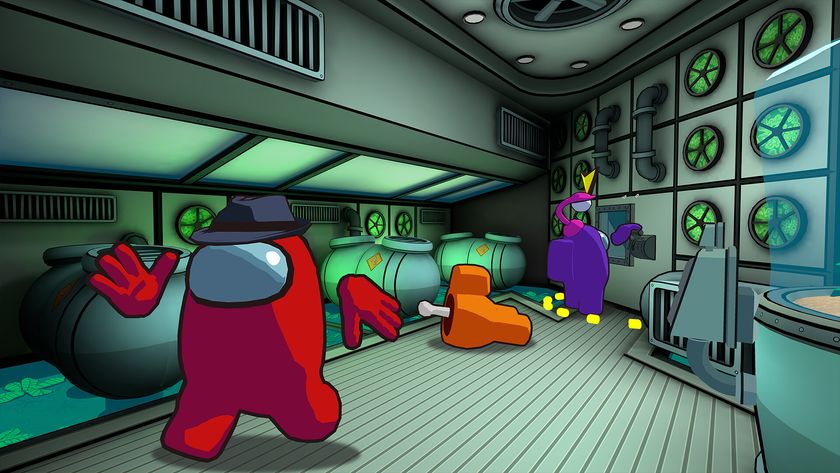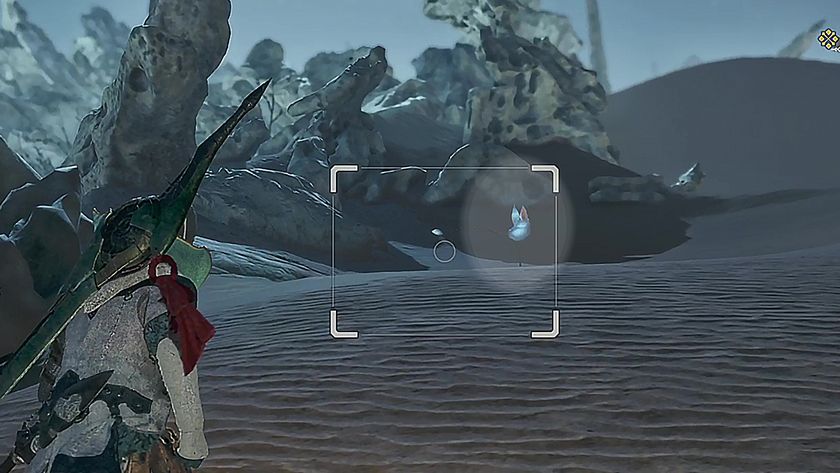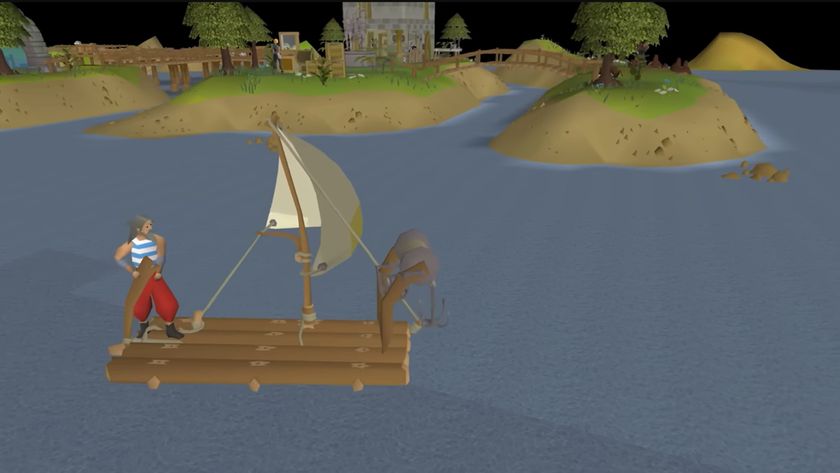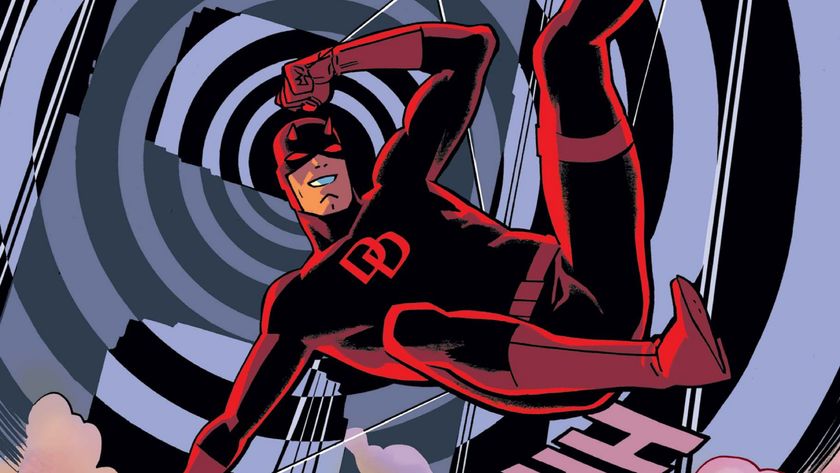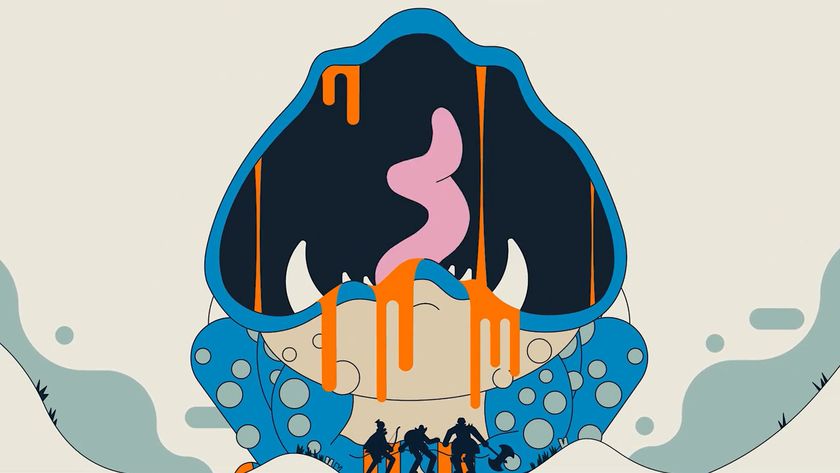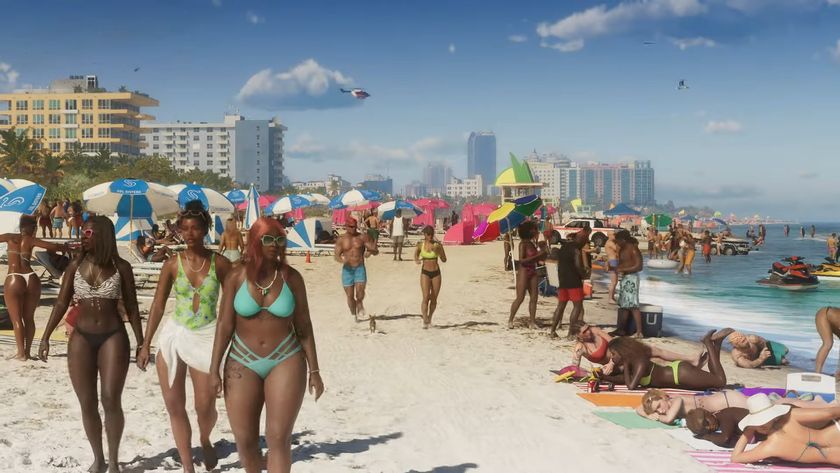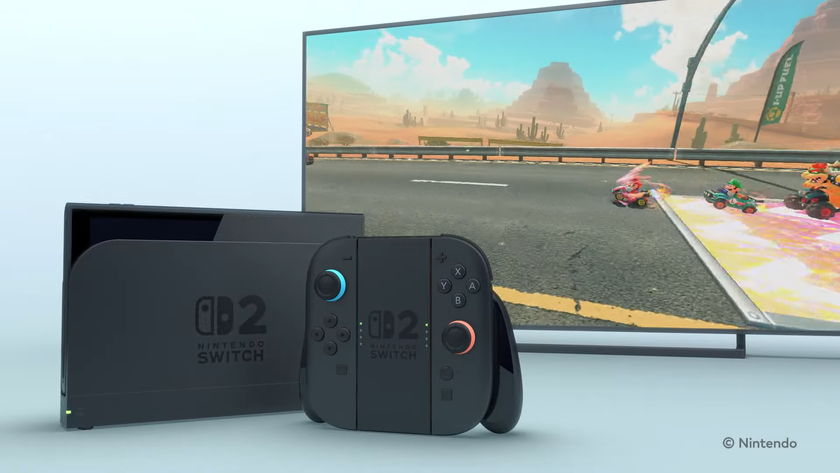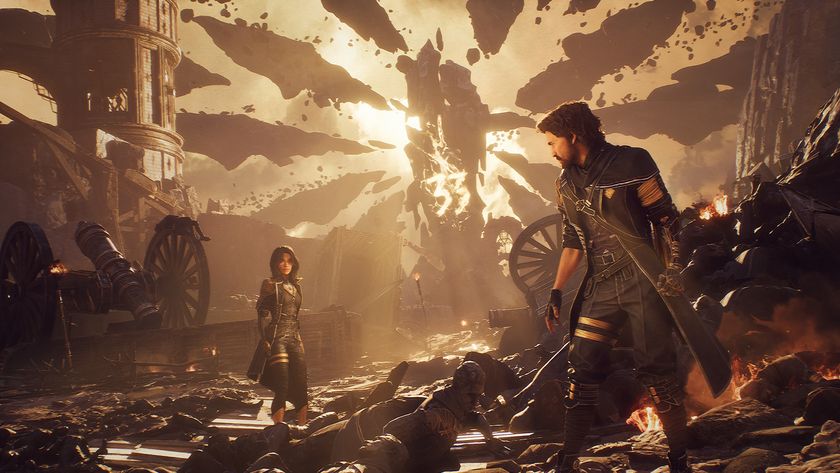11 tech demo videos that will make you excited for PS5, Xbox Project Scarlett and the next gen
From Unreal to Unity, Epic to Crytek, we list some of the most promising tech demos that are teasing the next generation of graphics.
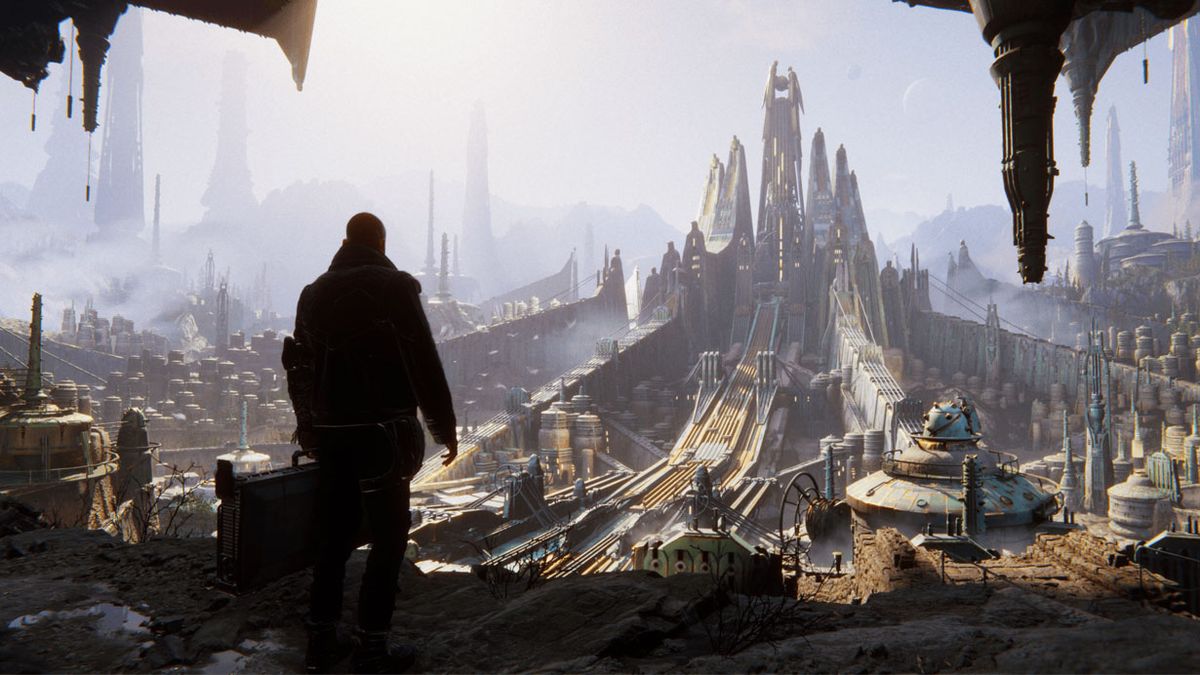
Ah, tech demos. From Molyneux’s Milo to Quantic Dream’s Kara, they have defined the state of next-gen potential in their heyday and provided consumers with a first look into the future of processing power, demonstrating what we should all expect from the next series of consoles in the years to come. Looking doe-eyed into the future can often be fascinating, if not nightmare-inducing, as unfortunately most of the detached tech demos of the past ten years reside in the uncanny valley between where technology is right now and where it will be in the future. Thankfully, the tech demos giving us our first look at what to expect from the PS5, Xbox Project Scarlett and Google Stadia are pretty damn breathtaking.
Now we’ve locked down photogrammetry and cinematic realism in games like God of War and Red Dead Redemption 2, where else is there to go, you may be asking? Perhaps you think we’re approaching a technology plateau? Well, dear reader, many of the companies in this list disagree. Read on as we show you 11 tech demos that tease what’s coming in the next-generation of consoles and graphics technology, many of which you could well see in action at E3 2019.
GTA 5 Ray Tracing Demo
Let’s kick things off with an entry not from a big company – but a shader programmer. Pascal Gilcher is famous for his work creating shaders for ENBSeries and ReShade and is now subsequently working with Nvidia on it’s Ansel and Freestyle post-processing systems. A patron of his has created a showcase applying his ‘RayTraced Global Illumination’ shader to GTA 5, with stunning results. Ray tracing is a technical term you’re going to hear a lot of in this list, so best to get comfortable with it. Seriously, how important will ray tracing be for Sony's PS5 and Xbox's Project Scarlett? We already wrote an entire article about it!
Ray tracing is a graphical process which simulates the real-world behaviour of light in video games by tracing the path of light in pixels. Look at some objects in the room you're reading this from and notice how light affects them – ray tracing is attempting to simulate that within games themselves. Sounds impressive, right? You can see this in the trailer when for example, the apartment suite or the outdoor seaside path is brought to life through clever lighting. It’s not drastic, but you can tell it looks better. Another way to understand it is that it makes 3D environments look like real estate or architectural renders, but the trick is, this is in real time! It gives games a profound sheen of realism, which will result in some stunning titles that are shooting for that photogrammetric 3D-scanned look which is hard to separate from reality.
Frostbite hair rendering and simulation
And you thought Geralt’s luscious locks were good… this demo comes from EA and shows us the future of hair tech within its proprietary engine, Frostbite. A collaboration between the Frostbite and Criterion teams, this short montage shows a female model walking down a catwalk, only to turn around at the end and reveal she is a mannequin. Spooky, sure, but ignore that and focus on the damn hair!
Look at the volume! It’s like a Cheryl Cole L’oreal advert rendered in real time! There have also been strides to improve hair colouring to make it look more natural, even when changing the tone to something drastic – check out these gorgeous dip-dye ombres! Hair has naturally been a massive issue for game developers shooting for realism, and it looks like the next generation of consoles is going to mitigate that.
Quake 2 RTX
A literal frag blast from the past, 1997’s Quake 2 is being used by Nvidia to demonstrate the power of ray tracing. Despite the revolutionary lighting changes that warp the game’s aesthetic, it still looks quite charming and a fun twist on the original if you’re a veteran fan, regardless whether you’ve played it since. It’s not just the original game with ray tracing mind - textures have been remade and polished to give Quake 2 a modern feel. This one has the same effect as the holistic Minecraft texture packs which make the game photo realistic and gorgeous, but undermine the original vision a little bit.
Sign up to the 12DOVE Newsletter
Weekly digests, tales from the communities you love, and more
It’s still exciting though, especially when we consider the possibility of remaking older games in the next-gen with ray tracing and improved graphical finesse. It’s a careful balancing act for sure - but the possibilities for a retro-style shooter with modern effects are there, which would be a fun spin on the genre after the success of games like Dusk and Amid Evil - a niche which has surged in popularity recently. You can pick up this demo on June 6, after fawning over the gory trailer, to see the future of graphics for yourself. Just make sure you’re packing heat, as Nvidia recommends its RTX 2060 as a minimum barrier for entry.
Spider-Man PS5 loading times
We don’t know everything about the PS5 just yet but we do know it’ll boast an SSD, support 8K and feature ray tracing technology and backwards compatibility. Focusing on that solid state drive for a moment, we urge you to marvel (get it?) at this Twitter video from Takashi Mochizuki - a tech reporter who recorded footage of Sony's PS5 gameplay reveal comparing its load times with of the PS4. The game used to demonstrate the loading boost is Insomniac’s Spider-Man PS4, a smash hit from 2018 that offered up a near seamless open-world experience.
As you can see from the video, the PS5 took 0.8 seconds to complete a loading task that took the inferior PS4 8.1 seconds to complete. It’s quite a drastic change - and will make a big difference, bridging the gulf between consoles and PC by quite a margin (the PC crowd has been enjoying the benefits of solid-state drives for quite some time now.) Think of all the modern PS4 games that you’ve experienced issues with loading times in. No longer will you have to sit and suffer, in the next-generation, it looks like you’re going to be able to get right back into the action with relative ease!
Siren Real-Time Performance
This one is a little bit old by now, being uploaded in March 2018, but it’s so impressive it’s still worth mentioning. Siren is a collaborative project between 3Lateral, Cubic Motion, Epic Games, Tencent and Vicon, industry titans who came together to make a realistic synthetic human using 3D scanning, performance capture and skin shading technology. The results are so captivating that it borders on unnerving - the realism skirts around the uncanny valley so much that watching it is basically a Voight-Kampff test.
With remarkably fluid facial animations and jarring hair tech, the human model is near indistinguishable from a real person, paving the way for (again) further improved realism in next-gen games. Just don’t focus on her arms – you can tell where all of the focus went here... Some of the latest games to attempt this type of replication includes Detroit: Become Human – which featured a similarly brain-melting artificial human on its main menu that welcomes the player.
The Heretic
In what could easily be a new trailer for Cyberpunk 2077, Unity went all in on its GDC 2019 tech demo, which features unbelievable cobwebs and fluid dynamics. Perhaps most impressive is the robotic companion creature made out of hair and the incredible shadows and lighting on the main protagonist. It goes a bit J.J. Abrams with the lens flare but makes up for it by providing a stunning scene which involves warping between realms in seamless real time, turning walls into gooey graphically intense treacle.
The short demo showcases an unbelievable retro futurist environment and looks so deserving of its own spin off game. It’s also somehow running on a consumer-class Desktop PC, according to Unity. The demo uses 4D and 3D scanning for its protagonist and unity’s High-Definition Render Pipeline to afford the demo a distinctly cinematic feel and is evocative of what we can expect from future games created in the engine.
Crytek Neon Noir
This whole list you’ve probably been sat thinking “Yeah, but can it run Crysis?” so naturally we have to dwell on the Cryengine’s latest advancements for a moment - a name synonymous with mind-boggling graphical demos. Its 2019 showcase is titled Neon Noir and again opts for the cyberpunk future when attempting to deliver next-gen graphical fidelity. Running on “most mainstream, contemporary AMD and Nvidia GPUS,” it follows a police drone as it navigates through a city glazed in so much rain it looks like its just taken a butter bath. If we can find any correlations in the next-gen ray tracing demos we’ve seen so far its that they love a good puddle - and Neon Noir is no stranger to a murky close-up, offering lifelike reflections and reflective metal textures.
The most stunning shot is revealed when the camera holds on the inner workings of the flying robot, showing the juxtaposition between its shiny outer casing and its material innards, the rain falling as it glides through the air. In the accompanying blog post Crytek talks about the possibilities of this technology, explaining that developers won’t have to worry about using “very reflective surfaces” or “large mirror-like surfaces” in their levels when creating games thanks to their ray-tracing tech. Again, it all seems to be about reflections and lighting for next-gen games in order to afford enhanced realism.
Chaos high-performance physics and destruction
Now we’ve pushed through a few engine demos, it seems only fair to dwell on some of the most important parts of modern open-world games - high-performance physics and destruction! Epic Games waded into GDC 2019 with their ‘Chaos’ demo, a real-time showcase based in the world of their popular VR title Robo Recall. Most interestingly, this one is framed like it’s an actual game, complete with a crosshair UI as a giant mechanized robot turns buildings into mulch. This is the kind of video that makes you want to swaddle your graphics card and protect it from any harm.
Unreal state that this new physics and destruction system will afford “unprecedented artist control over content creation” with cinematic, massive-scale levels of destruction.The mind races at the possibilities - think of a modern Red Faction game with this kind of technology. The promise of unparalleled explosive mayhem touted by games like Crackdown 3 and the best Battlefield games has more often than not resulted in a let down when they hit store shelves - perhaps in the next-generation of gaming, developers will be able to deliver on these lofty promises with fancy new technology.
Atomic Heart Nvidia RTX
Heard of Atomic Heart? This is the first game from Moscow-based development house Mundfish who released a stunning, almost impossible looking trailer in 2018 showcasing a surreal Soviet facility full of evil robots and eldritch creatures. As well as being deeply unnerving (it looks like an atmospheric mix between Bioshock and Fallout 4) many pointed to the game's graphics as a sign of what’s to come in the next generation.
This was further backed up by a collaborative video with Nvidia which looks at how the game uses ray tracing to create its brain-melting visual style. Revealed at CES 2019, this RTX tech demo is narrated by someone who knows what they’re talking about - leading the viewer through soft shadows, reflections and ray tracing jargon. It’s a compelling video, especially when it can be connected to a previously-existing game that is coming out later this year!
Square Enix character prototype
Instead of ‘replacable cyberpunk future scenario’ Square Enix opted to spin their 2018 demo with a bit of their own flair. In what looks like a deleted scene from Nier: Automata (or a potential prototype for a new game,) the laser-eyed protagonist battles her way through a traditional Japanese environment. Again we see a lot of focus on hair tech and strands of fabric in this trailer. Fringes blowing in the wind and fluid dynamics appear to be important parts of next-gen graphics.
Perhaps most eye-popping is the scene where the protagonist drops to her knees and she starts crying tears of blood - the way the fluid sticks to her face is eerily realistic, which doesn’t help an already terrifying trailer featuring masked bamboo assassins invading Tokyo. It’s worth a look, especially if you’re looking to see what a specific developer’s vision is for next-gen graphics - just maybe don’t watch it before you go to bed, as it’ll probably give you some surreal nightmares. You may also want to look at the Verum Rex trailer seen within Kingdom Hearts 3 for another idea of where Square Enix is headed with its graphical style in the future.
Unified interactive physical foliage
Away from all of the major publishers and tech titans, our final video comes from game designer and dev tool tinkerer Elliot Gray, who has created an Unreal Engine plugin called Unified Interactive Physical Foliage which all but set Twitter ablaze. I’m not going to pretend I know exactly what’s going on behind-the-scenes here, but the main point appears to be its ability to implement interactive foliage physics in games of any scope within the engine. The short video offers up a taste of just what it can do, from inexpensive shader interaction to physics simulation. Watch as the protagonist leaves trails in grass and brushes past shrubbery with gorgeous fluidity.
According to Elliot it will work with the owner’s own foliage and supports Blueprint drag and drop so it’s easy to figure out. As well as being indicative of what's to come in the near future, perhaps the most exciting part about the UIPF plugin is how accessible it is. If you’re a serious indie developer looking to quickly craft a reactive world, I imagine this plugin will be incredibly useful. Tools to create worlds often locked off to big-budget AAA titles are getting more and more accessible for smaller developers, which will no doubt result in more impressive and ambitious games.
For more, check out the 10 key battles that will define the next decade of gaming, or watch the video below to find out what developers think about the industry's future.
Jordan Oloman has hundreds of bylines across outlets like 12DOVE, PC Gamer, USA Today, The Guardian, The Verge, The Washington Post, and more. Jordan is an experienced freelance writer who can not only dive deep into the biggest video games out there but explore the way they intersect with culture too. Jordan can also be found working behind-the-scenes here at Future Plc, contributing to the organization and execution of the Future Games Show.


